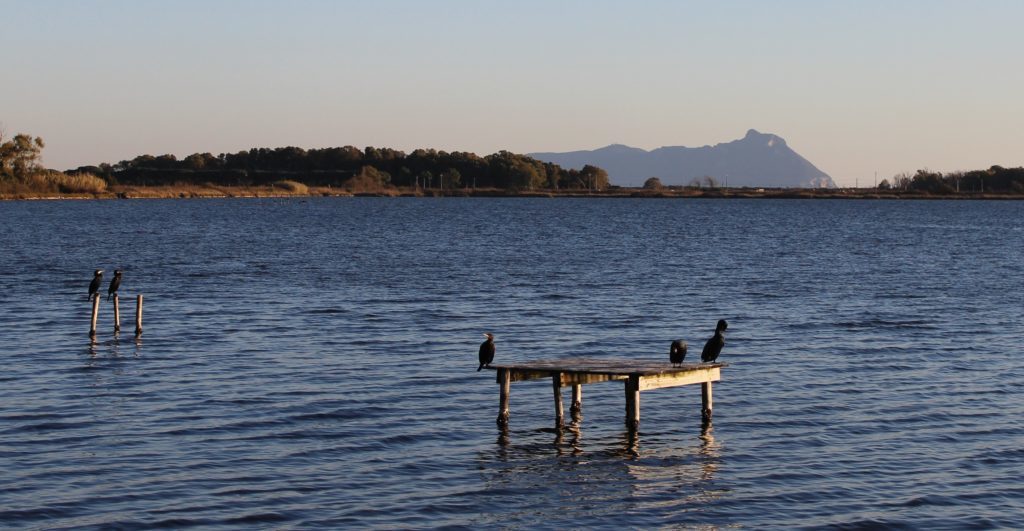The Lake of Fogliano is a usual destination for my journeys back in my native land: Latina. It’s a very characteristic place with a lake on the coastline just behind the sea. Its origins date back to when one the biggest marshlands in Europe covered the plains south of Rome. Before the twentieth century, the Pontine Marshes were a mysterious yet wretched land: the nobles came here to hunt the unique animal species living here, whereas the poor lived in almost primitive conditions, plagued by malaria. Goethe described this place in his Italian Journey as “the wildest and most fascinating corner in Europe”.
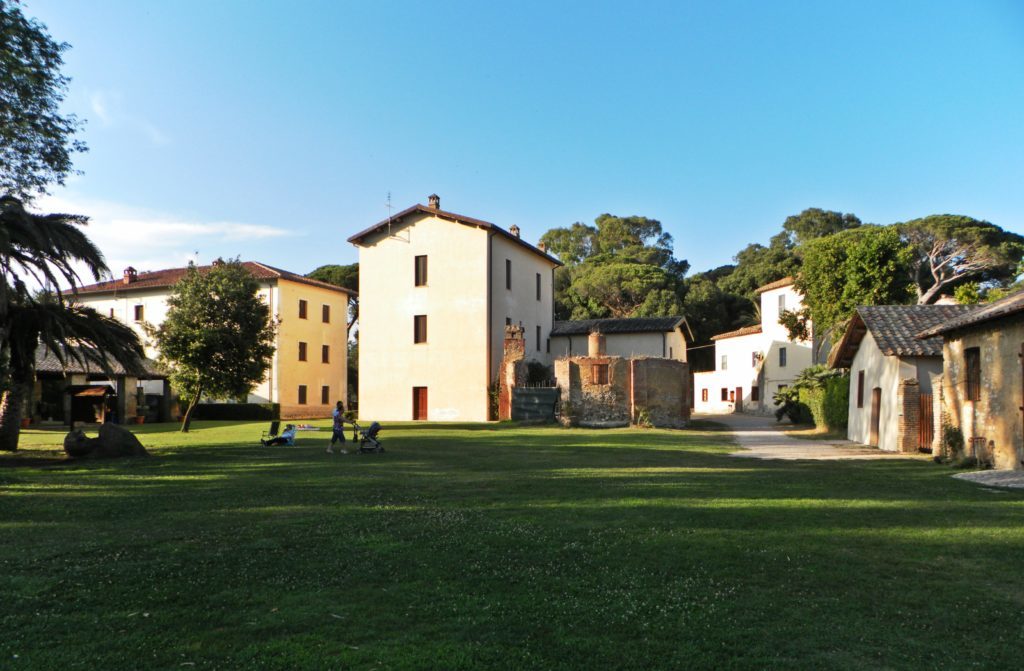
Reclamation projects (draining the swamps to make land cultivable) were tried by many historical figures from Julius Caesar to Napoleon and even several Popes, but no one succeeded. The definitive reclamation was carried out by the Fascist government in the 1930s: after this, a completely new, artificial landscape was born. Fertile land and modern rural towns can now be found where there once was what has been referred to as the “Amazon of Europe”. Only a small part of this wild swamp was preserved to create the National Park of Circeo in 1934, of which the Lake of Fogliano is one of the highlights.
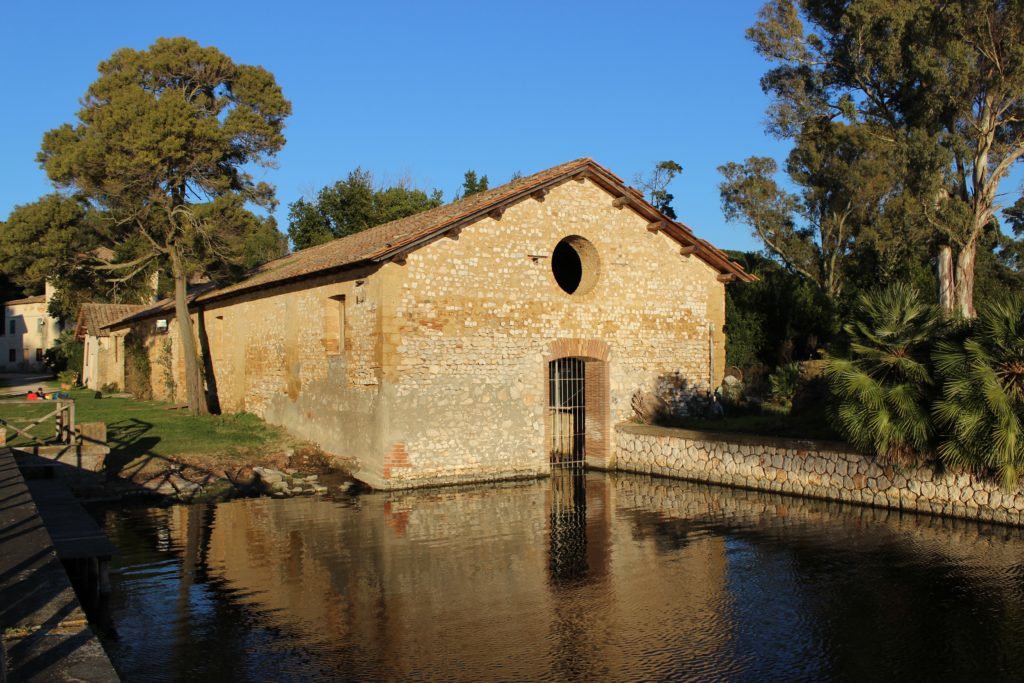
The lake is divided from the sea by a thin strip of land which gets flooded with salt water through two inlets. With the reclamation, its shape was fixed with embankments, but during the centuries before the dimensions continuously changed according to the level of the sea. The Romans, who realized early drainage works in the Pontine Marshes, exploited the lake as a fishing basin; an activity that would mark life on the lake shores in the centuries that would follow. The end of the Western Roman Empire started the degeneration of the area, a decline that lasted more or less until the twentieth century: the abandon of the drainage works caused the return of the swamps and consequent depopulation.
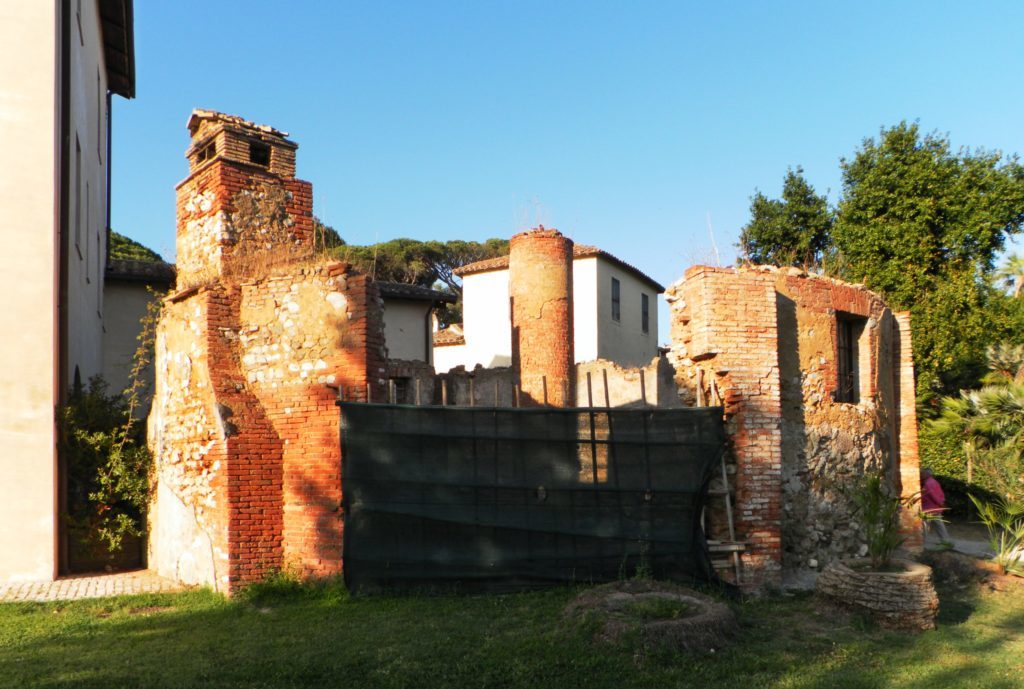
During the Middle Ages, Fogliano came into the hands of one of the leading families of Lazio, the Caetanis. From 1297 forward, they dominated the Pontine Marshes from their castle in Sermoneta on the Lepini Mountains, when Benedetto Caetani, also known as Pope Boniface VIII, took over the area on behalf of his family. The Caetanis made the Lake of Fogliano one of their leisure residences, and a strong English influence has been present here since the XVIII century as they had strong relations with their noble counterparts in England, and even members of the Royal Family were often guests in Fogliano.
The most significant signs of this influence are the English Villa and the Botanical Garden. The first was built in 1877 for the guests from Britain in typical British style; whereas the Garden was first conceived of by Ada Bootle Wilbraham who was English by birth and wife of Onorato Caetani, Italian Minister of Foreign Affairs and Mayor of Rome in the 1890s. She created a garden full of exotic species such as palms, but the particularity of this place came, oddly, after its abandon.
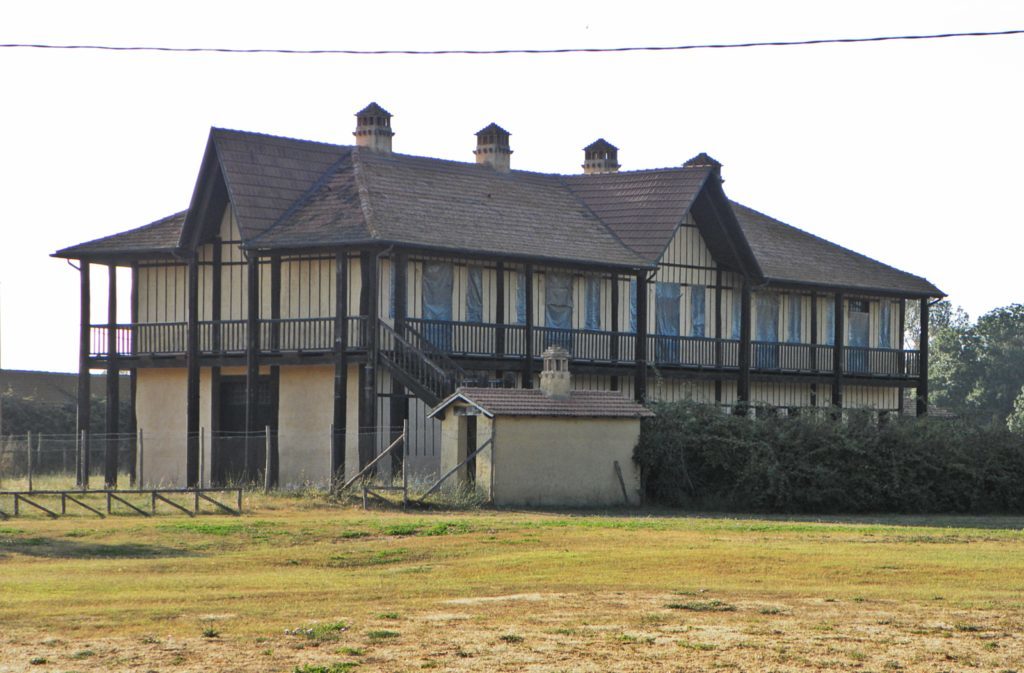
In the 1920s the Caetanis concentrated their “botanic efforts” on the abandoned village of Ninfa near Sermoneta, which would become one of the most beautiful parks in Italy, leaving Fogliano without maintenance. The indigenous species therefore became out of control, eventually regaining possession of the land. Today, the Botanical Garden of Fogliano is a special mix of exotic and Mediterranean flora, where oaks and laurels live together with eucalyptuses and araucaria.
The complex of Villa Fogliano includes the old Caetanis’ residence, a church and a village for fishers and farmers who used to work there. Sadly, it is partly abandoned and closed to the public due to its precarious condition, but you can go there anyway to relax on the lake’s shore and soak in the spirit of the old time. The ruins of a brick oven and the former fish farm are the traces of a working life that cohabited with the leisure of the high society.
Today the Lake of Fogliano is an appreciated leisure destination, with children crowding the village for birthday parties or school trips, while nature enthusiasts enjoy birdwatching or discovering the various species of plants in the park. In my opinion, the best experience to be had is coming here at sunset when the sun dives into the horizon and you can see the Mount Circeo in the distance where, according to myth, the enchantress Circe hosted Ulysses for one year during his return trip to Ithaca.
